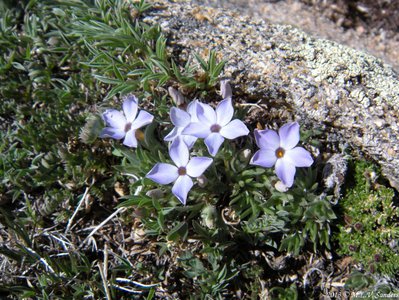
small pictures
> small pictures
medium pictures
> medium pictures
large pictures
> large pictures
small icons
> small icons
large icons
> large icons














